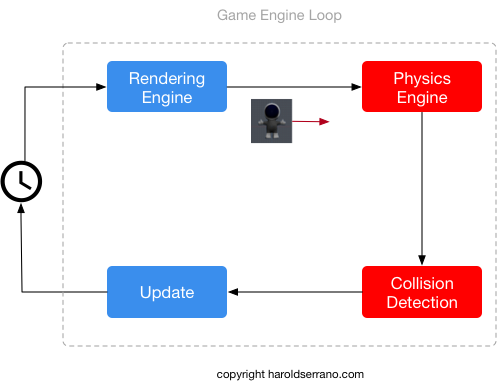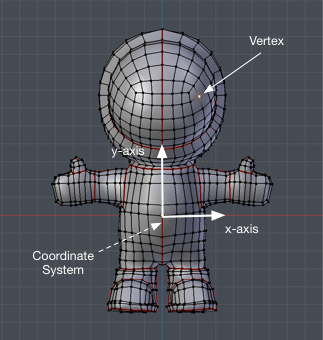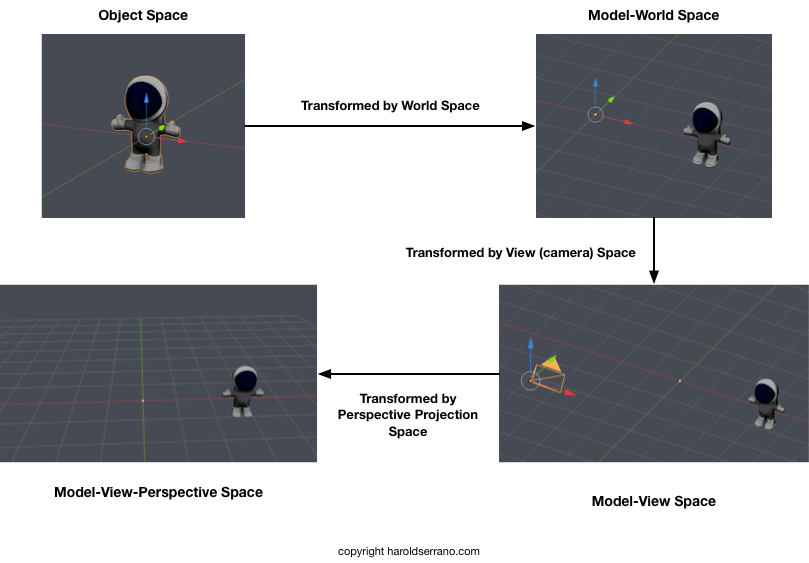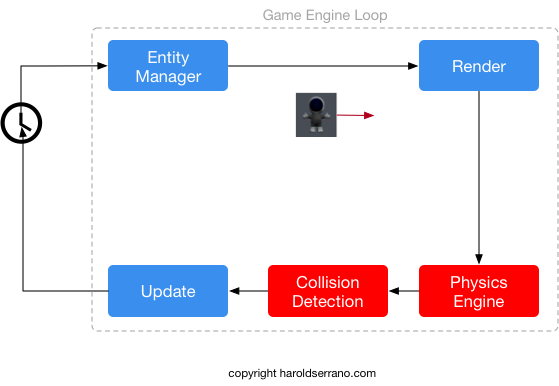Ever since I was a kid, I've always been captivated by computer graphics effects. The day I decided to look more into computer graphics was when Angry Bird became popular. I was amazed at the "sling-shot" effect and the collision between the blocks. Honestly, I would play the game to figure out how the collision worked.
So, I picked up a Game Development book and learned how to use the cocos2d game engine and the Box2d Physics system. Creating my first game demo with collision detection was exciting. However, the more I learned, the more I became intrigued. I wanted to learn more; I wanted to dig deeper into computer graphics.
Eventually, I decided to develop my 3D game engine, and it was then when I had to opportunity to dive deeper into Computer Graphics, OpenGL, C++, Design Patterns, Linear Algebra, and Computational Geometry.
Throughout the five years of the engine's development, I deciphered how a game engine truly works, what makes it tick and how each component is linked together to make a game possible.
In this post, I'm going to demystify the purpose of the Game Engine Loop.
Game Engine Loop
The heart of a game engine is the Game Engine Loop. It is through this loop that the interaction between the Math, Rendering and Physics Engine occurs.
















